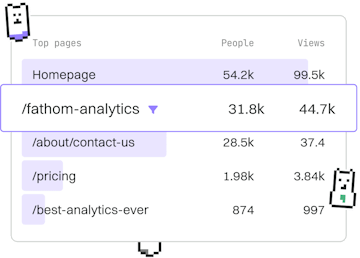Basics
Jinja Introduction
Introduction to Jinja Templating
Jinja is a Python templating language for dynamic HTML in web apps.
What is Jinja?
Jinja is a modern and designer-friendly templating engine for Python. It is used for rendering templates in web applications, allowing developers to generate dynamic HTML content by embedding Python-like expressions. Jinja is inspired by Django's templating system and offers a powerful set of tools for working with dynamic content.
Why Use Jinja?
Jinja is widely used in Python web frameworks such as Flask and Django for several reasons:
- Separation of Concerns: Jinja allows developers to separate the presentation layer (HTML/CSS) from the business logic layer (Python), improving code maintainability.
- Reusability: With features like template inheritance and macros, Jinja promotes code reuse and helps in maintaining DRY (Don't Repeat Yourself) principles.
- Flexibility: Jinja's powerful syntax allows for complex expressions and control structures, enabling sophisticated template logic.
Basic Syntax
Jinja syntax is straightforward and easy to learn. It uses delimiters to distinguish between static data and dynamic expressions. The main delimiters are:
{{ ... }}for expressions to print variables or results.{% ... %}for statements like loops or conditional logic.{# ... #}for comments that will not be rendered in the final output.
Variables in Jinja
Jinja allows you to use variables within templates. These variables can be passed from the backend application to the template, and they are enclosed in double curly braces {{ ... }}. For example:
Control Structures
Jinja supports various control structures for logic implementation directly within templates. These include conditionals and loops:
Conditionals
Conditionals in Jinja are similar to Python, using the {% if %} statement:
Loops
Loops in Jinja are used to iterate over items, similar to Python's for loop:
Template Inheritance
Template inheritance is a powerful feature in Jinja that allows you to create a base template that other templates can inherit from. This is useful for maintaining consistent layouts throughout an application. The base template defines the structure, and child templates fill in the details.
Basics
- Next
- Setup
